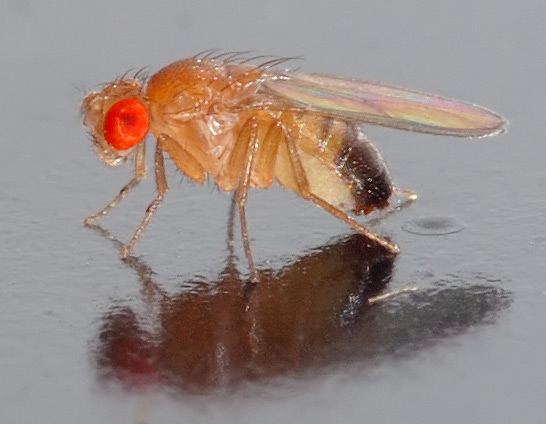Between painting benches and going to the paint store three times (I managed to get the wrong spray paint three times), I ran across an interesting article on CNN:
http://www.cnn.com/2008/LIVING/personal/09/01/affairs.of.the.heart.ap/index.htmlFor those of you too busy enjoying your lonely summer to check out this wild story of heart transplants, high expectations, and suicidal love (but not too busy to read this post), here’s a short, gritty summary:
Girl wants money. Girl meets boy. Girl marries boy. Boy can’t get her enough money. Boy off’s himself. Boy’s heart goes to old dude. Old dude meets girl. Old dude marries girl. Old dude can’t take it either. Bang!
So, what’s this have to do with biology? Well, there’s this segment of the genome found in all people that codes for proteins that identify self and non-self. Known as the Major Histocompatibility Complex, this gene family codes for proteins that play a big role in immunity. Interestingly enough, these genes also influence mate selection: having a different MHC is a huge turn-on for most animals. The evolutionary reasons behind this are pretty straightforward, as mixing up MHCs can result in offspring with tougher immune systems, similar to the way having a horse breed with a donkey results in a mule (who will be smarter, stronger, and less of a burden on daddy’s banking account—no need to buy mule condoms…which are probably huge and not biodegradable—I digress).
Anyways, due to its role in determining self and nonself, a donor and receiver’s degree of MHC similarity is also important for successful matching of transplant organs. Similar MHC’s correlate positively with high success rates. Since the transplant was a remarkably good match (Suicidal Spouse #2 survived for over a decade), we can guess that Suicidal Spouse #1 and #2 had similar MHC’s. A little math can show the rest of the story:
Let the MHC’s of Suicidal Spouse #1 and #2 = α and β, respectively.
Let Twice-Widowed Chick = ♀
By Law of Organ Transplant Success: α = β
By Law of Attraction: α ≠ ♀
Transitive Property: β ≠ ♀
Observed: α + ♀ = Death
Therefore: β + ♀ = Death
So, the moral of the story is: be careful.
 So, come to LR4 on Thursday @ 5pm! It'll be a sweet talk.
So, come to LR4 on Thursday @ 5pm! It'll be a sweet talk.




